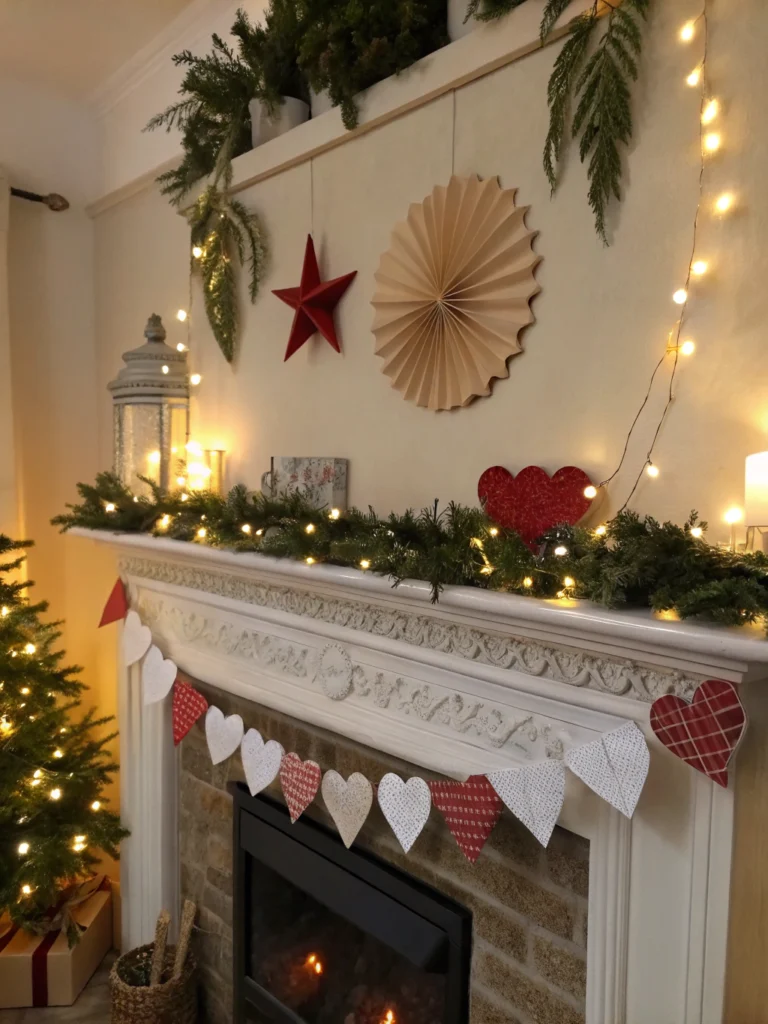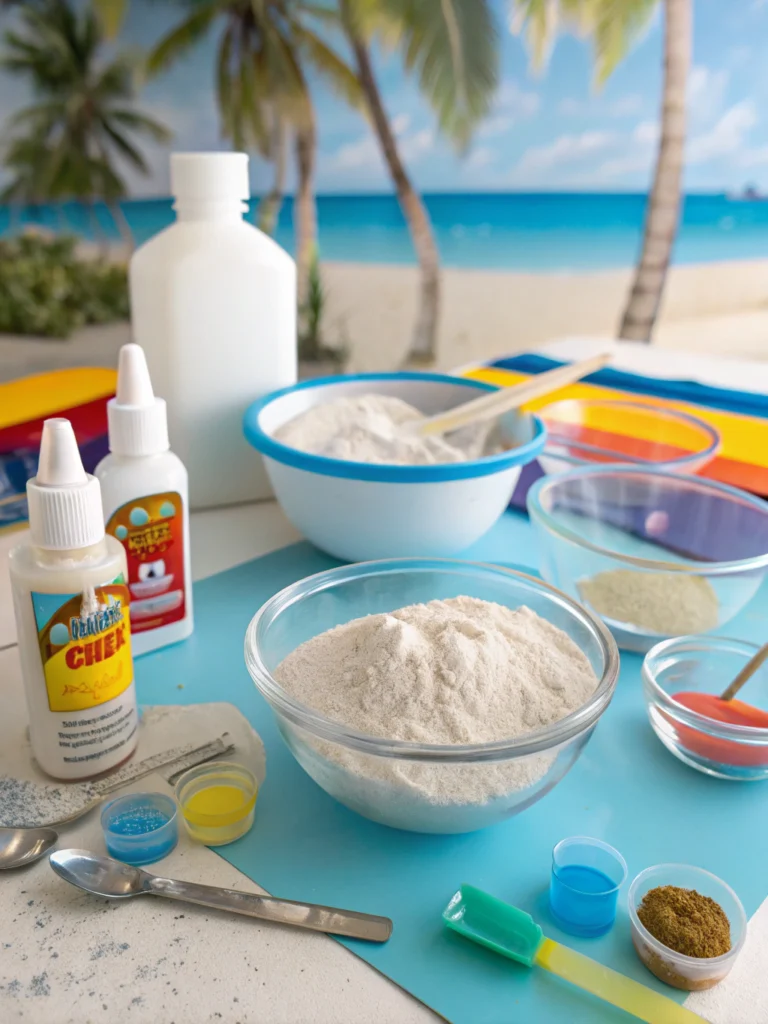Introduction: Keeping Summer Fun and Frazzle-Free!
Ah, summer! Sunshine, laughter, and… the dreaded chorus of “I’m boooored!” If the thought of unstructured summer days stretching ahead fills you with a mix of excitement and slight panic, you’re in the right place. Creating a diy summer schedule for kids is your secret weapon to a season packed with joy, learning, and a whole lot less parental stress. It’s not about rigid timetables, but about crafting a flexible framework that balances exciting adventures with essential downtime, keeping those little hands busy and curious minds engaged.
Forget complicated plans; we’re talking simple, effective, and most importantly, fun! This guide will walk you through everything you need to know to build the ultimate diy summer schedule for kids, complete with seven fantastic activity ideas that your children will absolutely love. Get ready to transform your summer from potentially chaotic to creatively curated!
Table of Contents DIY Summer Schedule for Kids
Table of Contents
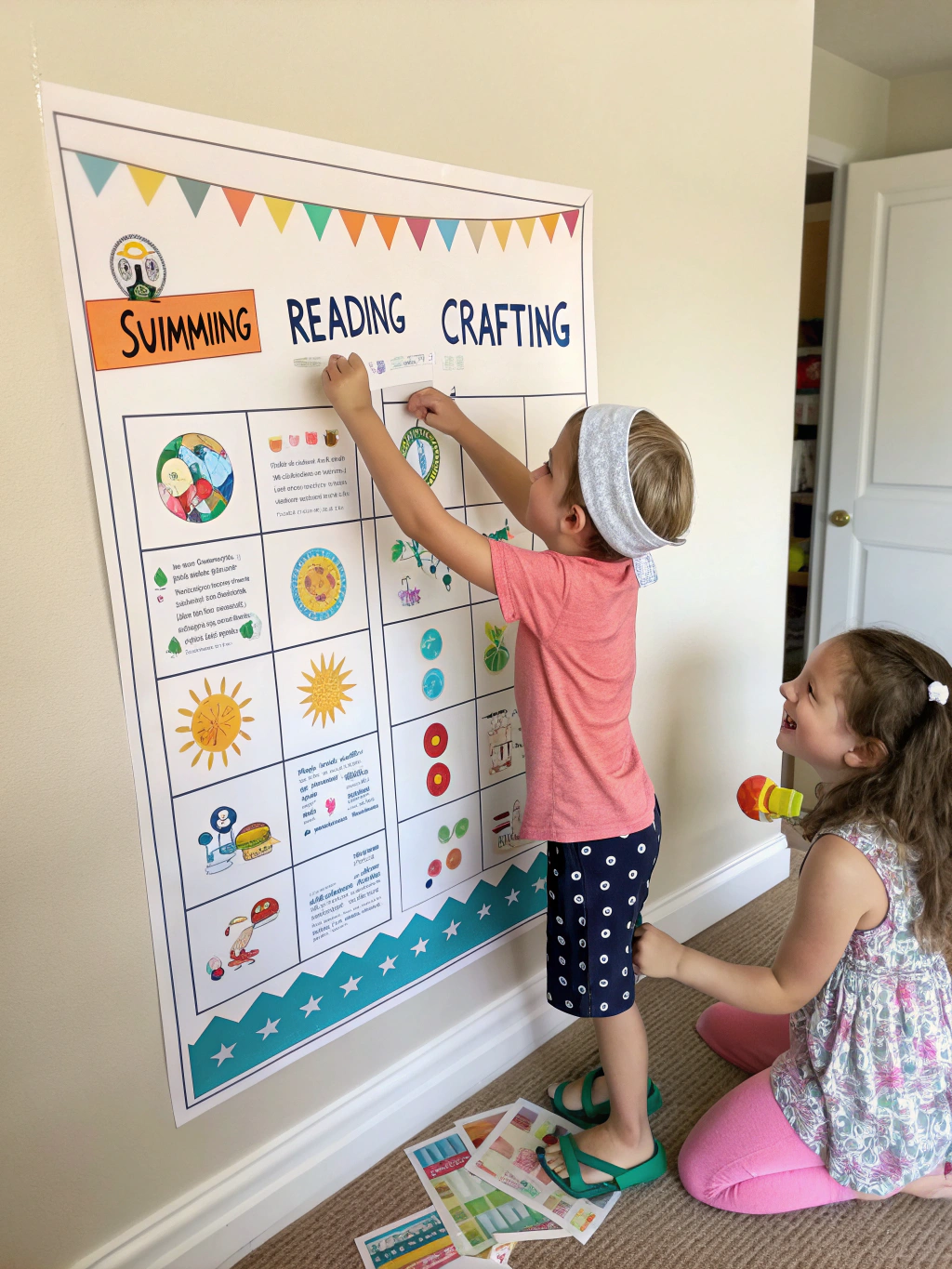
Caption: Get ready to craft a summer of smiles with your own diy summer schedule for kids!
Why a DIY Summer Schedule for Kids is a Game-Changer
Summer break is a fantastic opportunity for kids to relax, recharge, and explore new interests. However, without some semblance of structure, days can easily devolve into too much screen time or a constant stream of “what can I do now?”. This is where a thoughtfully crafted diy summer schedule for kids becomes invaluable.
Firstly, a schedule provides predictability, which many children thrive on. Knowing what to expect, even loosely, can reduce anxiety and meltdowns. It helps them transition smoothly between activities and understand the rhythm of the day. Secondly, a good schedule ensures a balance of different types of activities. You can intentionally incorporate “Fun summer activities for kids” that stimulate them physically (outdoor play), mentally (puzzles, reading), creatively (arts and crafts), and socially (playdates, family time).
Moreover, involving your kids in the process of creating their summer schedule empowers them. It teaches them planning, decision-making, and time management skills in a fun, low-pressure way. They’re more likely to be enthusiastic about a schedule they had a hand in designing. This collaborative approach turns it from a set of rules into an exciting roadmap for their summer adventures. And let’s be honest, for parents, a well-planned diy summer schedule for kids can be a lifesaver, allowing for dedicated work time or just a few precious moments of peace, knowing the kids are happily and productively engaged.
What You’ll Need for Your Awesome DIY Summer Schedule for Kids
Creating a fantastic diy summer schedule for kids doesn’t require a long list of expensive supplies. The beauty of DIY is using what you have and getting creative! Here’s a rundown of essentials for both crafting the schedule itself and for a variety of engaging activities:
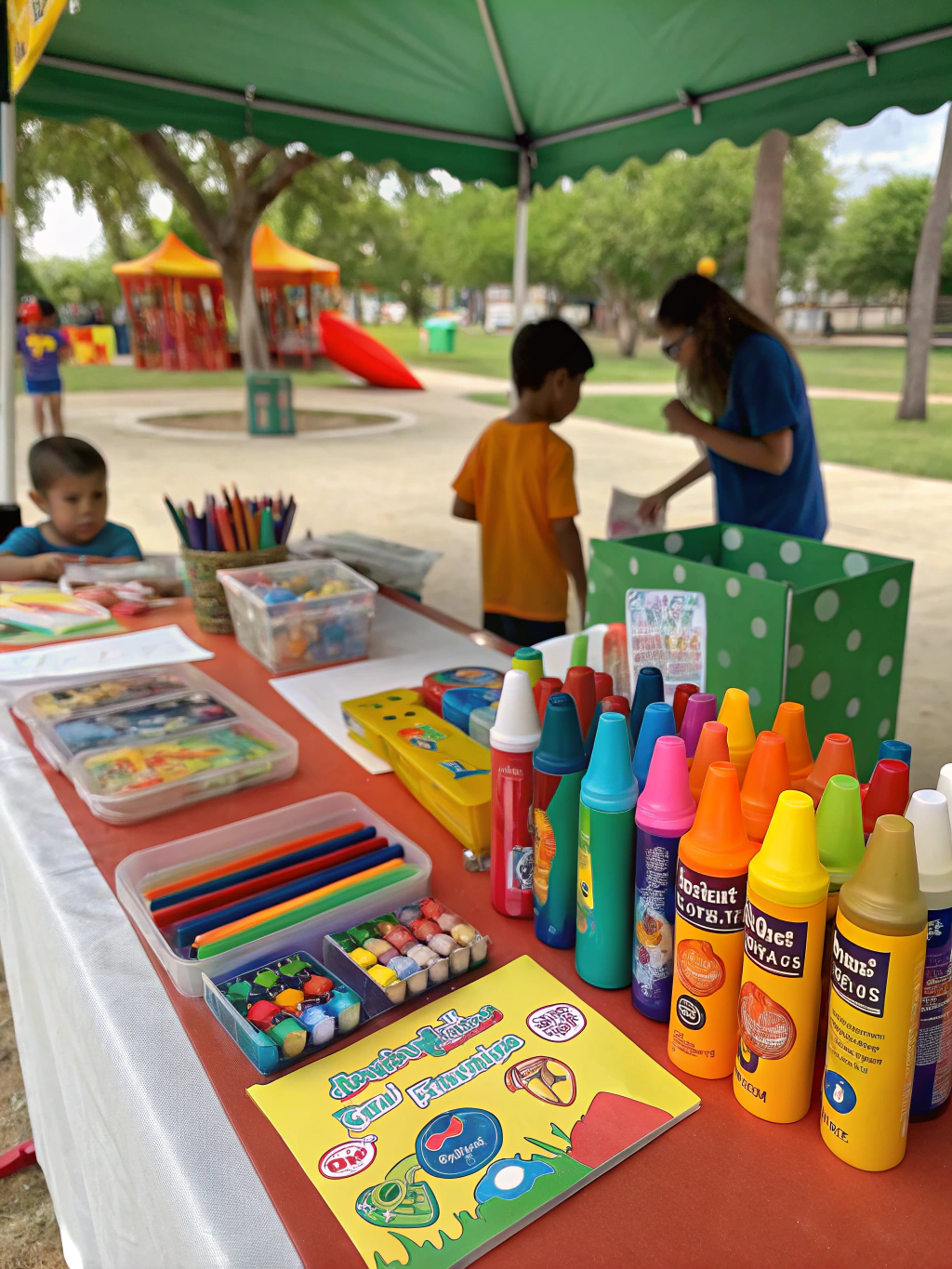
Caption: Gather your creative tools! These are some essentials for making your diy summer schedule for kids and enjoying summer activities.
For Creating the Schedule:
- Large Poster Board or Whiteboard: Something big and visible for everyone to see. A roll of craft paper also works wonders!
- Colorful Markers, Pens, or Crayons: Make it vibrant and appealing.
- Sticky Notes: Perfect for flexible scheduling and moving activities around.
- Stickers or Magazine Cutouts: For decoration and visual cues, especially for younger kids.
- Ruler: If you like neat lines.
- Optional: Laminator or Clear Contact Paper: To make your schedule more durable.
- Optional: Digital Tools: Apps like Google Calendar, Trello, or Canva can be great for older kids or for a shared family schedule.
General Supplies for Summer Activities:
This list is a general starting point; specific “DIY projects for kids during summer” will have their own lists.
- Art Supplies: Construction paper, paint (washable, of course!), paintbrushes, glue, scissors (kid-safe), glitter, modeling clay, chalk.
- Outdoor Play: Balls, jump ropes, bubbles, sidewalk chalk, gardening tools (kid-sized).
- Recycled Materials: Cardboard boxes, toilet paper rolls, plastic bottles, egg cartons – the backbone of many great DIY projects!
- Kitchen Basics (for kid-friendly recipes): Simple ingredients, mixing bowls, measuring cups, cookie cutters.
- Books & Puzzles: Essential for quiet time and brain boosts.
- Old Clothes/Smocks: For messy play – a must!
Remember, the goal is to create a framework for fun, not a rigid to-do list. Adapt these supplies to your family’s interests and what you already have on hand.
How to Create a DIY Summer Schedule for Kids That Actually Works
Now for the exciting part: designing a diy summer schedule for kids that your children will be thrilled about! This isn’t about minute-by-minute planning, but rather creating a rhythm and a bank of engaging ideas. A successful schedule is one that’s flexible, fun, and co-created with your little ones.
Step 1: Gather Your Little Co-Planners (Brainstorming with Kids)
The most crucial step for a schedule that sticks is involving your children from the get-go. Sit down together for a family brainstorming session. Ask them: What do they want to do this summer? What are their favorite “Fun summer activities for kids”? Make a big list of all their ideas, no matter how wild. This not only ensures their buy-in but also gives you valuable insight into their current interests.
You can categorize ideas as they come up: outdoor adventures, creative projects, learning fun, quiet time activities, etc. This initial brainstorm is all about enthusiasm and gathering possibilities. Don’t filter yet – just let the ideas flow! This part helps build excitement for their diy summer schedule for kids.
Step 2: Choose Your Schedule Style (Visual, Digital, Hybrid?)
How will your schedule be displayed and used? Consider your children’s ages and your family’s preferences.
- Visual Poster: A large poster board with daily or weekly blocks is fantastic for younger kids. They can see the plan, and you can use pictures or color-coding.
- Whiteboard: Offers great flexibility as you can easily erase and change activities.
- Individual Printable Sheets: For older kids who might like a personal checklist or daily agenda.
- Digital Calendar: Apps like Google Calendar or Cozi can work well for tech-savvy families or for coordinating with multiple caregivers. You can even explore “How to create a summer schedule for kids” using digital templates.
- Hybrid: Perhaps a main visual schedule with digital reminders or more detailed plans stored online.
The key is to choose a format that is accessible and engaging for your children. The more they can interact with it, the better.
Step 3: Block Out the Big Rocks (Fixed Commitments & Downtime)
Before you start slotting in all the fun, block out the non-negotiables. This includes:
- Mealtimes: Breakfast, lunch, dinner.
- Wake-up and Bedtimes: Maintaining some sleep routine is important.
- Pre-Scheduled Appointments or Camps: Any fixed commitments.
- Quiet Time/Downtime: Essential for everyone! This could be reading, independent play, or just relaxing. Don’t overschedule.
- Screen Time: If you allow screen time, define when and for how long.
Having these “big rocks” in place provides the basic structure around which you can build the rest of your diy summer schedule for kids. It helps ensure a balance between structured activities and necessary rest.
Step 4: Weaving in the Fun – Activity Selection!
This is where your brainstormed list comes into play! Look at the empty slots in your schedule and start filling them with a variety of activities. Aim for a mix:
- Active/Outdoor Time: Park visits, bike rides, nature walks.
- Creative Time: Arts, crafts, building projects.
- Learning Fun: Educational games, science experiments, reading challenges.
- Chores/Responsibilities: Age-appropriate tasks to keep everyone contributing.
- Free Play: Unstructured time for kids to use their imagination.
![Alt text: Step 4 in crafting a [diy summer schedule for kids]: filling in the fun activities. A hand penciling in activities onto a colorful DIY summer schedule chart.](https://www.fixdiy.site/wp-content/uploads/2025/05/diy-summer-schedule-for-kids-step-by-step.webp)
Caption: Step 4 in creating your diy summer schedule for kids: Penciling in the exciting activities with your child!
You might assign themes to certain days (e.g., “Maker Monday,” “Water Wednesday,” “Field Trip Friday”) or have a “choice board” where kids can pick from a few pre-approved options for certain time slots. Using sticky notes for activities is brilliant here, as you can easily move things around if plans change or if a particular activity isn’t a hit. For more inspiration on integrating various types of fun, check out resources like HGTV’s ideas for “Fun summer activities for kids, How to create a summer schedule for kids, DIY projects for kids during summer”.
Step 5: Make it Visible and Engaging
Once your diy summer schedule for kids is drafted, make it a prominent and attractive feature in your home.
- Location: Post it somewhere everyone can see it easily, like the kitchen or playroom.
- Decoration: Let the kids decorate it! Stickers, drawings, and bright colors will make it their own.
- Understanding: Walk through the schedule with your children, explaining how it works. For pre-readers, use pictures or symbols to represent activities.
The more inviting and kid-friendly the schedule looks, the more likely they are to embrace it. It should feel like a fun guide to their summer, not a list of chores.
Step 6: Embrace Flexibility and Review Regularly
Remember, this diy summer schedule for kids is a tool, not a rigid contract. Life happens! Weather changes, kids have off days, or a spontaneous opportunity arises. Be prepared to be flexible.
- Don’t Overpack: Leave room for spontaneity and boredom (boredom often breeds creativity!).
- Regular Check-ins: Briefly review the schedule daily or weekly with your kids. What worked? What didn’t? What do they want to try next?
- Adjust as Needed: The beauty of a DIY schedule is that you can change it. If an activity is a flop, swap it out. If kids are loving something, extend it or repeat it.
The goal is a happier, more engaged summer for everyone. If the schedule is causing stress, it’s time to adjust it.
7 Fun Activities to Supercharge Your DIY Summer Schedule for Kids
Now that you know how to build the framework, let’s fill it with some awesome “Fun summer activities for kids”! Here are seven DIY-friendly ideas that are perfect for children of various ages and can be easily adapted. These will make your diy summer schedule for kids the talk of the neighborhood!
Activity 1: Epic Outdoor Art Extravaganza
Take art class outside! The great outdoors offers endless inspiration and much more space for messy creativity than your kitchen table.
- Why it’s great: Fresh air, large-scale art possibilities, sensory engagement.
- Materials:
- Sidewalk chalk: For giant murals on the driveway or patio.
- Washable paint & large paper/old sheets: Think splatter painting, body painting (with kid-safe paints!), or painting with nature items like leaves and sticks.
- Nature’s paintbrushes: Pinecones, leaves, flowers, twigs.
- Spray bottles filled with diluted food coloring/paint: For “graffiti” art on snow (if you have it!) or large paper.
- Ideas: Create a collaborative sidewalk chalk city, paint a giant mural on an old sheet hung on a fence, or go on a nature walk to collect items and then use them to paint or make collages. This is a fantastic “DIY projects for kids during summer” activity.
Activity 2: Kitchen Adventures: Little Chef Creations
Cooking and baking with kids is not only fun but also teaches them valuable life skills, math, and science.
- Why it’s great: Teaches following instructions, measuring, kitchen safety, and results in tasty treats!
- Materials (examples):
- No-bake recipes: Fruit skewers, energy balls, pudding parfaits.
- Simple baking: Cookies, muffins, homemade pizza dough.
- Kid-friendly cookbooks or online recipes.
- Ideas: Start a “recipe of the week” club. Let kids choose a simple recipe, help with shopping (if appropriate), and take the lead (with supervision) in the kitchen. Decorating cupcakes or cookies is always a hit. They can even create their own “cookbook” of favorite summer recipes. Consider this a core part of “How to create a summer schedule for kids” – scheduled deliciousness!
Activity 3: Backyard Nature Explorers & Bug Safaris
Turn your backyard or a local park into a scientific exploration zone. There’s a whole world насекомых waiting to be discovered!
- Why it’s great: Encourages observation, curiosity about the natural world, and gentle handling of creatures.
- Materials:
- Magnifying glasses.
- Bug jars/catchers (with air holes, for temporary observation).
- Field guides for local insects, birds, or plants.
- Notebook and pencils for sketching or noting observations.
- Ideas: Go on a bug hunt and try to identify what you find. Create a nature journal. Build a simple bug hotel from twigs and pinecones. Start a “leaf collection” or a “rock collection.” This is a brilliant way to incorporate learning into your diy summer schedule for kids.
Activity 4: DIY Fort Building Masterclass
Is there anything more iconic to childhood summers than building an epic fort? Indoors or outdoors, fort building is a blast.
- Why it’s great: Fosters creativity, problem-solving, teamwork (if building with siblings/friends), and imaginative play.
- Materials:
- Blankets, sheets, pillows, cushions.
- Chairs, tables, laundry baskets (for structure).
- Clothespins, clamps, string, or painter’s tape (for securing).
- Fairy lights or flashlights for ambiance.
- Ideas: Challenge kids to build the biggest, coziest, or most creative fort. Give it a theme (castle, spaceship, clubhouse). Once built, it can be a quiet reading nook, a place for board games, or a movie-watching den. This is a classic “DIY projects for kids during summer” that never gets old.
Activity 5: Homemade Water Park Fun
Beat the summer heat with your very own DIY water park in the backyard. No need for expensive tickets!
- Why it’s great: Cools everyone down, encourages active play, and is incredibly fun.
- Materials:
- Sprinklers.
- Kiddie pool.
- Buckets, sponges, water guns.
- DIY Slip ‘n Slide (heavy-duty plastic sheeting, soap, water – ensure safety!).
- DIY water blob (plastic sheeting, duct tape, water).
- Ideas: Set up different “stations”: a sponge squeeze relay, a water gun target practice (use lightweight plastic cups), or a “car wash” for bikes and trikes. Making a DIY water blob can be a fun project in itself. Water activities are usually high on the list of “Fun summer activities for kids”.
Activity 6: Storytelling & Puppet Show Creations
Unleash your kids’ inner performers and authors with DIY storytelling and puppet shows.
- Why it’s great: Boosts literacy, imagination, public speaking confidence, and creativity.
- Materials:
- For puppets: Paper bags, socks, felt, googly eyes, yarn, craft sticks.
- For a theater: A large cardboard box, a tension rod in a doorway with a sheet draped over it.
- Props from around the house.
- Ideas: Have kids write their own short stories or adapt a fairy tale. Then, help them create puppets of the characters and build a simple stage. They can put on a show for the family or even record it. This can be a recurring activity in your diy summer schedule for kids, with a new show each week!
Activity 7: Upcycled Craft Bonanza
Teach kids about sustainability and creativity by turning “trash” into treasure with upcycled crafts.
- Why it’s great: Eco-friendly, encourages resourcefulness, and shows that art can be made from anything.
- Materials:
- Collect recyclables: Cardboard tubes, plastic bottles, tin cans (ensure edges are safe), egg cartons, old magazines, fabric scraps.
- Basic craft supplies: Glue, scissors, paint, tape.
- Ideas: Create robots from boxes and bottle caps, planters from tin cans, wind chimes from old keys and beads, or a collage from magazine clippings. Challenge them to invent something new from a collection of “junk.” This is a fantastic way to stock up on “DIY projects for kids during summer” without spending a lot on materials. For more diverse crafting project inspirations, often you can find great ideas from sources like “Fun summer activities for kids, How to create a summer schedule for kids, DIY projects for kids during summer” databases.
Bringing Your DIY Summer Schedule for Kids to Life!
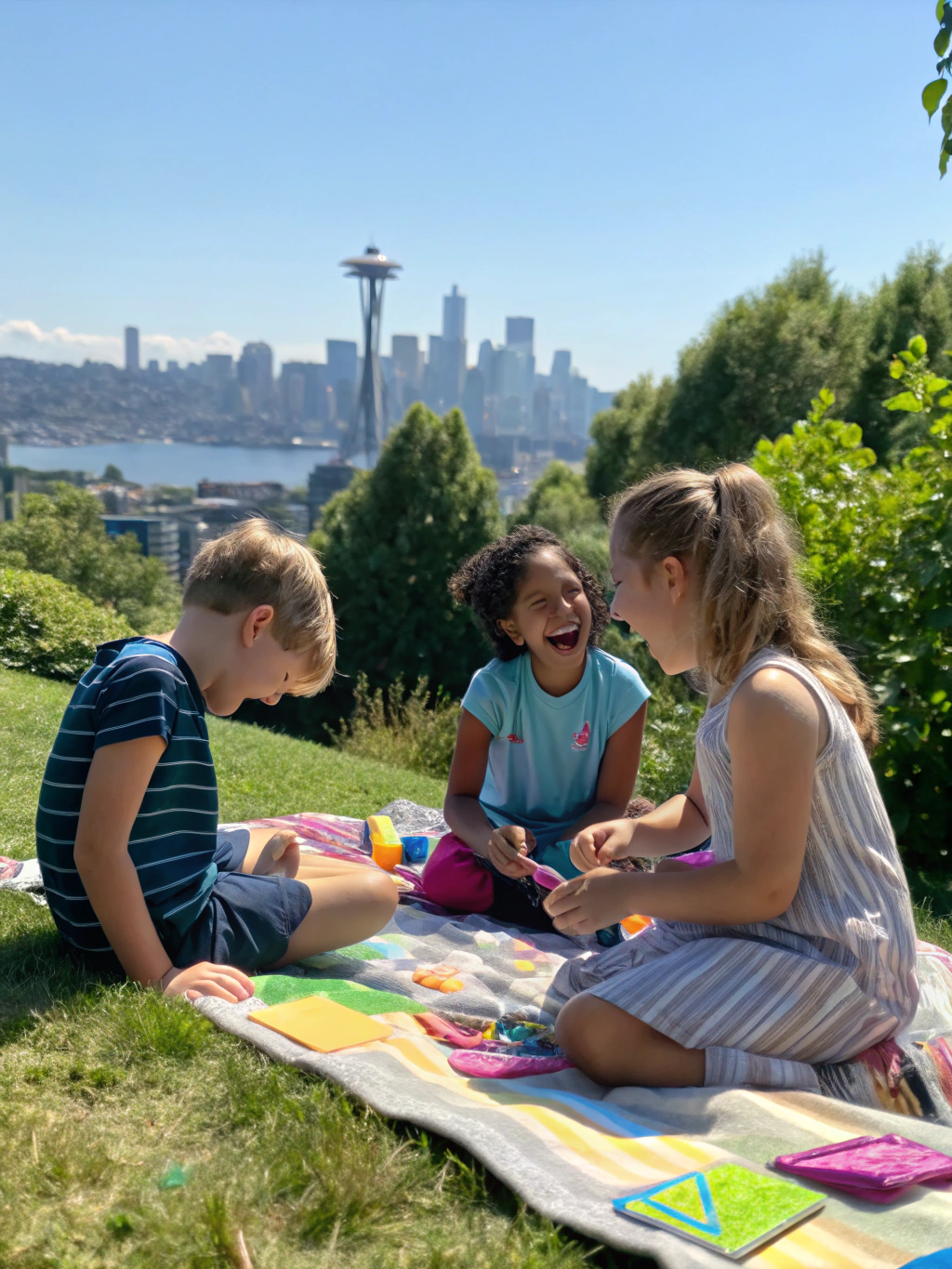
Caption: Success! A vibrant diy summer schedule for kids filled with fun, ready for an amazing summer.
And there you have it! With a little planning and a lot of creativity, you’ve transformed the daunting prospect of an empty summer into an exciting canvas of possibility. Your diy summer schedule for kids is more than just a chart on the wall; it’s a promise of shared adventures, new skills learned, and precious memories made.
Remember, the most important ingredient is enthusiasm – yours and theirs. Celebrate the small successes, be flexible when things don’t go as planned, and most importantly, enjoy this special time with your children. This schedule is a tool to enhance your summer, not control it. Let it guide you towards a season filled with laughter, learning, and lots of DIY fun!
We’d love to see what you create! Share pictures of your diy summer schedule for kids or your favorite summer activities in the comments below!
Expert Tips & FAQs for Your Summer Scheduling Success
Crafting the perfect diy summer schedule for kids can bring up a few questions. Here are some expert tips and answers to common queries:
How do I keep my kids engaged with the schedule all summer long?
Answer:
- Variety is Key: Rotate activities regularly to prevent boredom. Introduce new “DIY projects for kids during summer” or themes each week.
- Involve Them in Updates: Have weekly “planning meetings” to tweak the schedule based on their feedback and new ideas.
- Special Themed Days/Weeks: Announce “Superhero Week” or “Mad Scientist Day” to build anticipation.
- Reward System (Optional): For some kids, small rewards for sticking to positive routines or completing certain tasks can be motivating. Focus on experiences (e.g., an extra park trip) rather than just material goods.
- Lead by Example: Show your own enthusiasm for the planned activities.
What if my kids have very different ages and interests?
Answer: This is a common challenge!
- Core Family Time: Schedule some activities everyone can do together (e.g., meals, a family walk, movie night).
- Individual Choice Slots: Dedicate parts of the schedule where each child can pursue their own interest or choose from a list of age-appropriate “Fun summer activities for kids.”
- Older Kids as Helpers: Encourage older siblings to help or lead activities for younger ones. This can be a great bonding experience and teaches responsibility.
- Parallel Play: Sometimes, they can be in the same space doing different things. One child might be reading while another is drawing.
How much structure is too much in a diy summer schedule for kids?
Answer: The goal is balance.
- Avoid Overscheduling: Summer is also for downtime and spontaneous fun. Ensure there are plenty of “free play” or unscheduled blocks.
- Listen to Your Kids: If they seem stressed, overwhelmed, or resistant, you might have too much structure. The schedule should serve them, not the other way around.
- Flexibility First: It’s a guide, not a rigid rulebook. Be ready to throw the schedule out the window for a spontaneous adventure or a lazy pajama day if needed. The best diy summer schedule for kids is one that adapts.
Any tips for incorporating educational elements without it feeling like school?
Answer:
- Game-Based Learning: Use board games, card games, or online educational games that teach math, literacy, or strategy.
- Real-World Learning: Cooking (math, science), gardening (biology), budgeting allowance (financial literacy).
- Interest-Led Projects: If your child loves dinosaurs, incorporate reading dinosaur books, visiting a museum (if possible), or doing dinosaur-themed crafts.
- Read Alouds: Reading together is always beneficial and enjoyable.
- Many “DIY projects for kids during summer” naturally involve STEM skills (Science, Technology, Engineering, Math).
What’s the best way to handle screen time within the summer schedule?
Answer:
- Clear Boundaries: Establish clear rules about when, where, and for how long screen time is allowed. Make this part of creating your diy summer schedule for kids.
- Quality Content: Encourage educational apps, creative software, or documentaries over passive consumption.
- Screen-Free Zones/Times: Designate certain times (e.g., mealtimes, before bed) or areas (e.g., bedrooms) as screen-free.
- Balance it Out: Ensure screen time is balanced with plenty of outdoor play, creative activities, and social interaction.
- Parental Controls: Utilize parental control settings on devices and apps.
By following these tips and tailoring your approach to your family’s unique needs, your diy summer schedule for kids will be a recipe for a memorable and enjoyable summer break for everyone involved.
We hope this comprehensive guide helps you craft an incredible summer filled with fun, learning, and creativity! What are your go-to “Fun summer activities for kids”? Do you have any secret tips for “How to create a summer schedule for kids” that works for your family?
Share your thoughts, ideas, and your own diy summer schedule for kids successes in the comments below! We love hearing from fellow DIY enthusiasts.
And if you’re looking for more inspiration, don’t forget to sign up for our newsletter for fresh DIY ideas delivered straight to your inbox, and follow us on social media for daily doses of creativity! Happy Summer!

